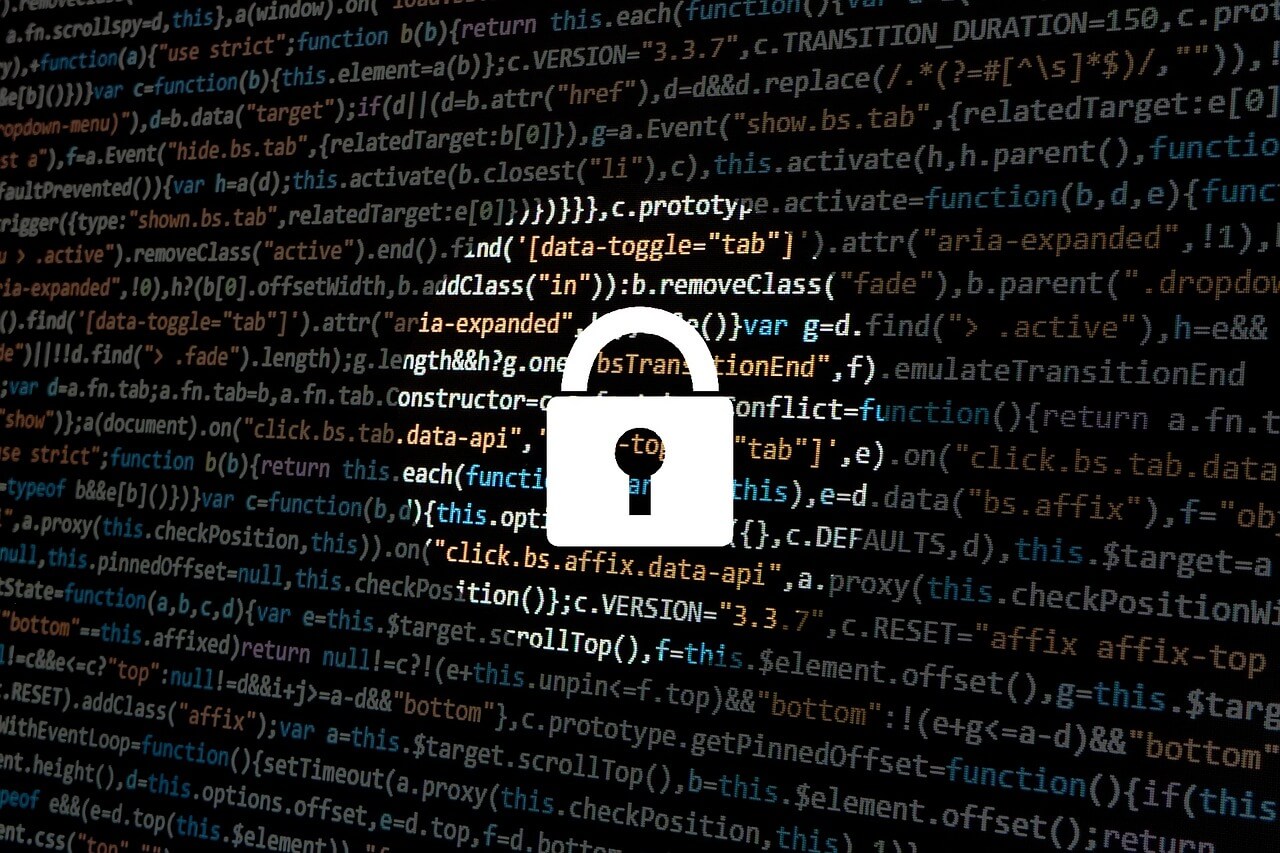Wi-Fi is a tool which has now invaded every household and office, yet it is alarmingly surprising how few people are aware that they are susceptible to having their Wi-Fi hacked. Your router is what allows your pc and other devices to connect to the internet, using a WIFI signal, but this is also true for anyone in a nearby range. An unsecured router leaves you at risk of not only having your internet connection stolen, but others might be able to view the websites you’ve visited and worst of all steal vital information such as passwords and account information. While most hacked WIFI routers are difficult to repair, protective measures can be taken to ensure you never reach that stage. Here are a few simple tips on how to secure your home WIFI.
Set Strict Administration Passwords:
Set stricter requirements for the administrator passwords. These passwords and usernames are not for the router itself but for the wireless access point. Most administrator passwords are fairly simple and are needed to talk clients through any technical router issues over the phone. Their simplicity, unfortunately, is a weak point which hackers have long taken advantage of.
Encryption is Key:
The default WIFI settings allow all your internet connectivity information to be transmitted in plain English. This means that it can be easily understood by almost anyone with a crude understanding of hacking. All routers come equipped with encryption technology, which scrambles all messages to and from your router. There are many types of encryption algorithms but the most common are WPA and WPA2.
Be Aware of Your SSID:
Most network routers have a standard SSID, this means a default network name. Viewing your SSID does not give any important information to would-be hackers, but keeping a default name implies that your network might have default settings regarding other security sensitive areas.Limit the broadcast of your routers SSID, which will make it less visible to possible hackers.This feature was meant to aid businesses and organization and is generally useless within the confines of one’s home
MAC Address:
Every WIFI enabled device has its own unique identification code called a Media Access Control. This number allows you to identify each device which is connected to your router. Purchase a router which allows you to manually key in device MAC addresses.
Most standard issue routers already possess some form of firewall, but as with encryption, it is up to the user to make sure it’s switched on. You might even consider buying extra protection in the form of firewalls
It might be time-consuming, but switching off your network when not in use is one the simplest yet effective methods to protect your information.
Disable any option to connect automatically. Most routers default settings are to connect without notification to public networks and networks which were once logged into before.
Position your router in such a manner that the Wi-Fi signal is only able to be received with your home.




